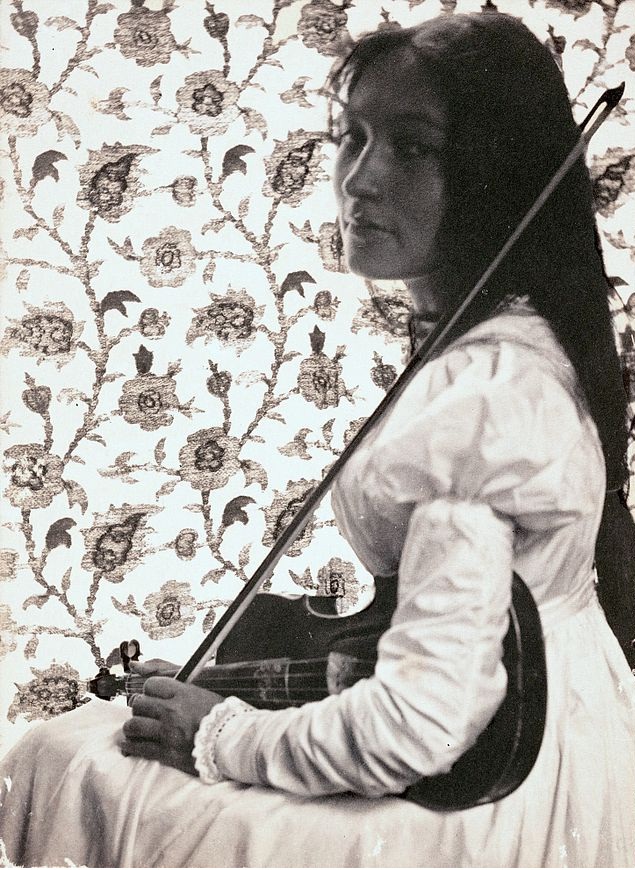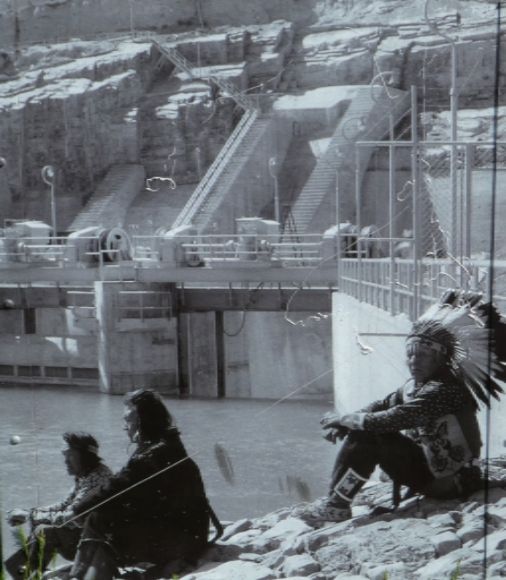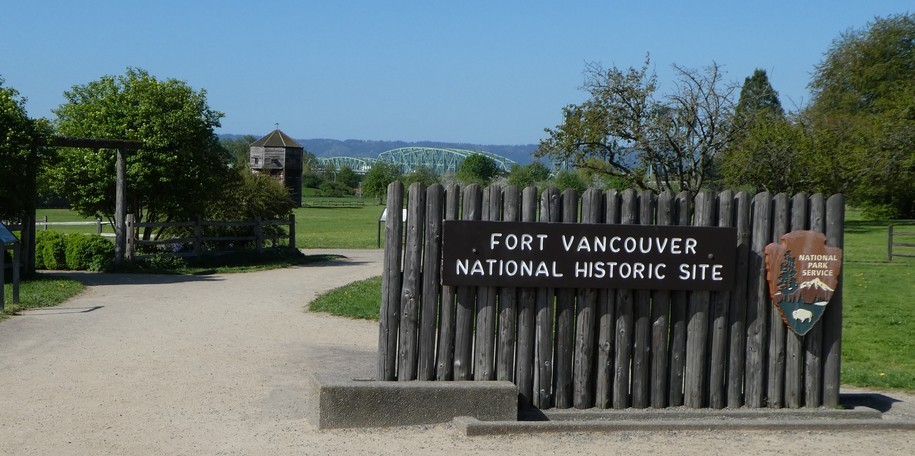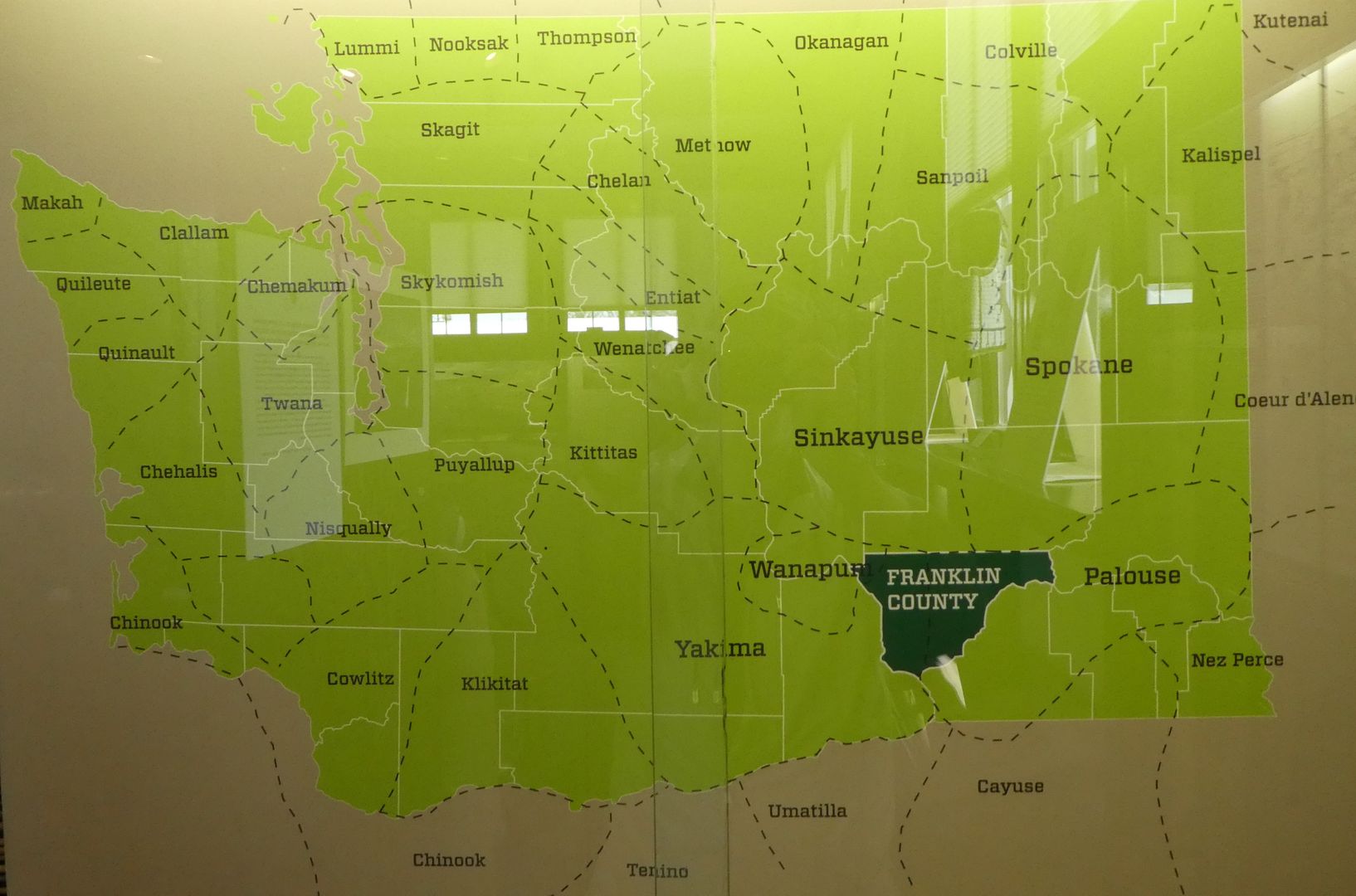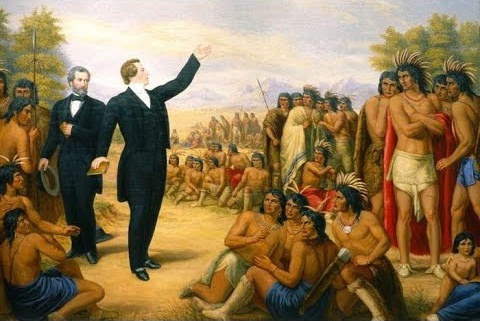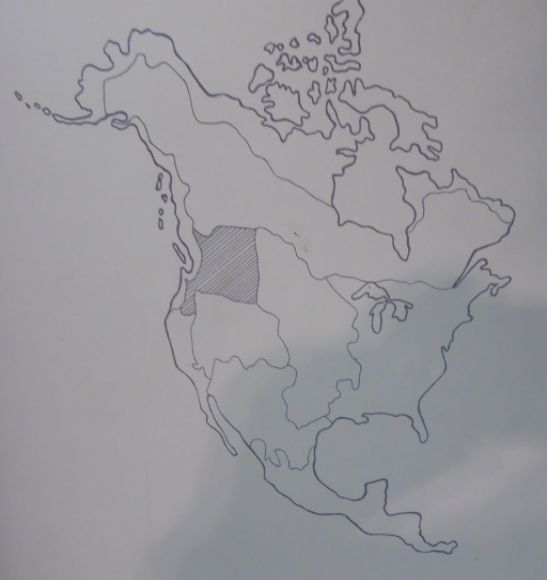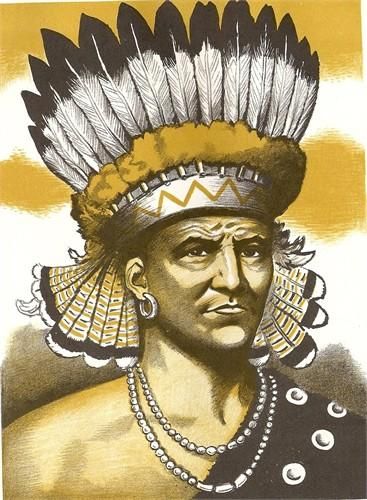Gertrude Simmons Bonnin, Writer, Activist, Musician
Yankton Sioux (Nakota) writer and activist Gertrude Simmons Bonnin was born in 1876 and grew up on the Yankton Agency in South Dakota. Her mother was Reaches for the Wind (Tate I Yohin Win, also known as Ellen). Her father abandoned his wife and Ellen married John Haysting Simmons. Gertrude Simmons grew up on the … Continued
